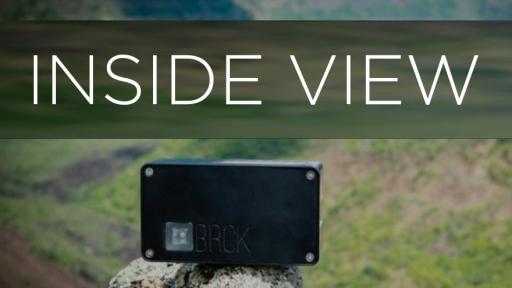Line Drawing

Being just a designer is not good enough anymore, said Paul Smith via telecast at this year’s Design Indaba Conference. Mark Dytham pinned his agreement to his sleeve by quoting Smith, but really everyone agreed. From Airside’s penchant for environmental issues and Gavin Rajah’s UNESCO involvement, to Shunji Yamanaka’s engineering work and Ivan Chermayeff’s artistic career, never mind Maxim Velcovský’s focus on revitalising local industry or Nkhensani Nkosi’s gown as business woman, design was only half the message.
In today’s nervous climate of a world at the brink of sinking or swimming, the message hit deep in every delegate’s stomach. Designers sought affirmation. In a world that is over-producing, over-consuming, over-demanding and over-the-top, what role can designers play in a future where it is no longer good enough to just shovel more consumables into the system?
It was in this atmosphere that Shin-ichi Takemura’s presentation was greeted with a thunderous standing ovation. Takemura fired up activist idealism and demanded that the Internet be put to use in more constructive ways. He spoke of design that makes connections, reminding that when design is reduced to its fundamental, it is just about joining the dots.
The 10x10 Housing Project joins the dots between an international architectural fraternity and the Freedom Park community. Christoph Zellweger joins the dots between the future of the body and the future of the self. Three Trees Don’t Make A Forest join the dots between the graphic design industry and its environmental impact. Oona Scheepers joins the dots between the Karoo landscape and car interiors.
Besides celebrating the convention centre-full of connections that the Design Indaba Conference and Expo encouraged, this edition of the magazine also connects with the Durban creative community. The fun 50 Buck Design feature charters the territory through new connections with surprising objects. Amanda Laird Cherry tells us how the urban and rural communities of South Africa inspire her, and Ruben Reddy gives us a peek into the international realm of sports architecture. In turn, the Cascolands project offers a radical revitalisation of public space through creativity, while Kim Longhurst draws us into the creativity of her personal space.
Oh, and we decided to do it all sideways. Because… why not? The other thing that everyone at Design Indaba 2008 agreed on was having fun.
Make the connection. Draw the line. Have fun. – Nadine Botha





























